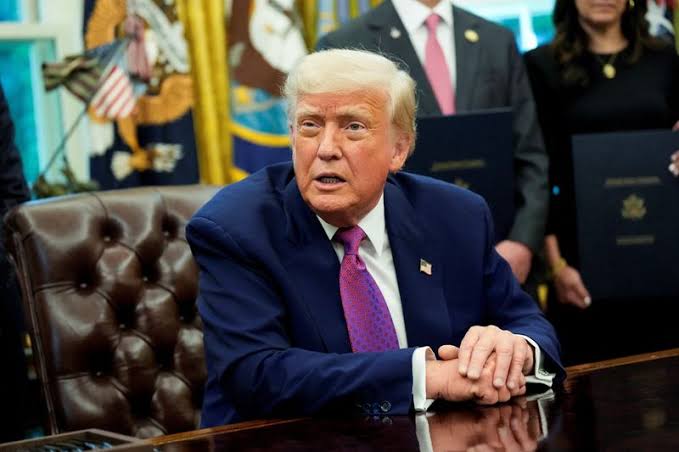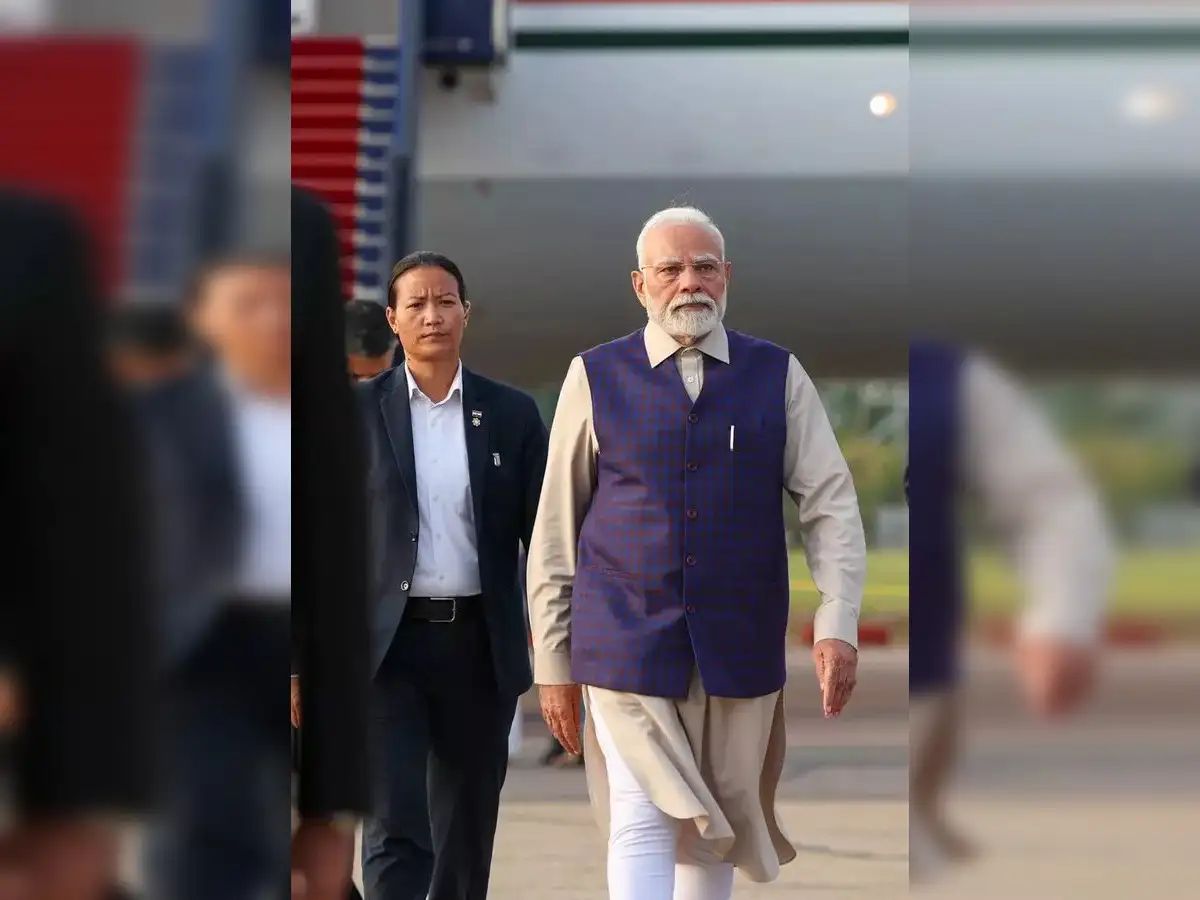 Image Source: Investing.com
Image Source: Investing.com
The global markets are abuzz with turbulence after US President Donald Trump’s unexpected vow to 'substantially' hike tariffs on Indian imports. Animated by allegations that India is profiteering from Russian oil sales and unconcerned with the Ukraine conflict, Trump’s announcement has triggered swift reactions across the financial world, beginning with an immediate 0.5% decline in the iShares MSCI India ETF—a barometer of international confidence in India’s economic outlook.
Key Developments Unfolding Today
The White House’s stance, breaking earlier years’ delicate courtship of India as a counterweight to China, has cleaved sharp fault lines in global trade. India, the US’s largest trading partner through 2024-25 with exports to the US totaling $86.5 billion, now faces a uniform 25% duty on goods entering America starting August 7, with an additional undefined penalty looming for its Russia-linked energy policy.
Introductory Overview
The markets wasted no time in reacting. The iShares MSCI India ETF—a pivotal exchange-traded fund tracking the performance of large- and mid-cap Indian equities—slipped 0.5% in trading as investors digested the Trump administration’s latest statements. The shockwaves have not spared emerging market ETFs either, which collectively experienced outflows and ended a nine-week winning streak as concerns about broad-based tariff escalation mounted.
Crucial Highlights of the Announcement
Trump’s declaration directly accused India of fueling its treasury by acting as a conduit for Russian oil, asserting that New Delhi has been selling surplus oil on global markets for hefty profits while Ukrainian casualties mount due to Russian military action.
The new US tariff regime: 25% on all Indian exports to the US, activated from August 7, plus further unspecified penalties related to India’s Russia trade policy.
Indian government officials, while asserting that the imposed tariffs’ immediate impact on GDP would be relatively contained (estimated at less than 0.2%), acknowledged the potential annual $16-18 billion hit to export revenue—most pronounced in jewelry, textiles, mobile phones, and industrial machinery sectors.
Small- and medium-sized Indian exporters, especially in labor-intensive trades such as garments and leather, face acute pressure, as their limited margins leave scant room to absorb higher costs or pivot swiftly to alternate markets.
Broader Market and Economic Implications
Emerging market sentiment has darkened, with ETFs focused on developing economies retreating and risk premiums rising. The MSCI Emerging Markets Index dropped by 2.5% in a single session—its lowest close since the end of June—as global investors reassessed the resilience of economies exposed to US tariffs.
India’s rupee, already under external pressure, could see further depreciation stemming from reduced export competitiveness and potential capital outflows. Experts caution that continued tariff action, particularly if extended to high-growth sectors like pharmaceuticals or electronics, risks freezing India in lower-margin export segments and diminishing recent gains in moving up the global value chain.
Indian Response and Future Prospects
India’s government and industry groups remain publicly committed to exploring new markets and trade alliances, with efforts intensifying to promote homegrown brands globally. Policy advisors are urging manufacturers to diversify exports beyond the US and focus on the Global South and other fast-growing regions.
Despite immediate market shocks and the palpable tariff upheaval, leading analysts argue that India’s long-term investment appeal remains robust due to its cost-competitive labor force, policy incentives, and rising domestic consumption. While the Trump tariff threatens short-term margins and caprices supply-chain strategies, many global manufacturers are expected to maintain a long-term presence in India.
Source for Today’s Developments: Economic Times, NDTV, CNBC, Bloomberg, Moneycontrol, Drishti IAS, Times of India.
Advertisement
Advertisement





